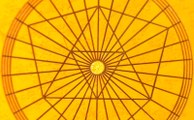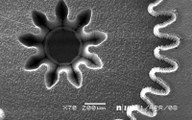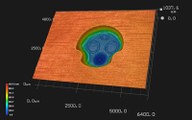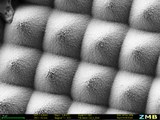Laser micro-machining
In the 3D field, we focus on microstructures, transparent materials, deep drilling and other applications.
Experience and knowledge of the interaction between the material and laser are crucial for achieving production results of the highest standard.
The technological developments surrounding laser micro-machining technologies are extremely dynamic. Challenging aspects include the development of industrial laser sources with ultrashort pulses (fs/ps) with ever increasing performance, the development of suitable, highly dynamic beam deflection technologies, the development of three-dimensional applications on real components, and elaboration of the physical understanding of the interaction between the laser beam and the material.
Within laser material machining, laser micro-machining is one of the fastest-growing fields of application for industrial laser applications. The development of new products would not be conceivable without laser micro-machining in future markets like renewable energies, microelectronics and medical engineering.






